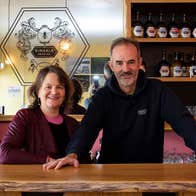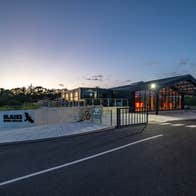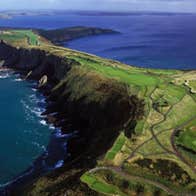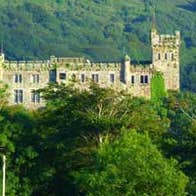Desmond Castle Kinsale, or the French prison was built as a custom house by the Earl of Desmond around 1500.
Desmond Castle has had a colourful history, ranging from Spanish occupation in 1601 to use as a prison for captured American sailors during the American War of Independence. Known locally as 'The French Prison' after a tragic fire in which 54 prisoners, mainly French seamen, died in 1747. The castle was also used as a borough jail from 1791 to the onset of the Great Famine when it was used as an auxiliary workhouse tending to the starving populace. It was declared a National Monument in 1938.
Over the main entrance to the castle you may see the Geraldine arms, bees on a quartered shield, while high above is displayed a mirror image of the royal arms. The well constructed building, founded on rock, consists of a keep with storehouses to the rear. The former is a fine example of a town castle with domestic offices on the first and second floors.
Since 1997, Desmond Castle has housed the International Museum of Wine. This exhibition documents the fascinating story of Ireland's Winegeese.
The roots of the Irish Winegeese lie in the flight of the 'Wild Geese', the soldiers who fled from Ireland to France after the Treaty of Limerick in 1691. Sometimes they travelled on the French ships that smuggled wine into the west coast of Ireland, described on the ships' manifests as "wild geese", evoking the lonely calls of birds travelling winter skies.
Many made their living in the wine trade, as owners of vineyards in France and Spain, or by trading to the sixteen Irish wine ports licensed by the British for imports to Ireland. Chief among these was the harbour town of Kinsale.
The International Museum of Wine in Desmond Castle, records the travels of the Winegeese to destinations as far afield as California and Australia.






